SUMMARY
This is AI generated summarization, which may have errors. For context, always refer to the full article.
MANILA, Philippines – In case you missed it, ANTHILL has finally arrived on XChange!
Last week, we officially launched ANTHILL’s line of scarves on XChange as part of Rappler’s yearend efforts for its Social Enterprise line, which will also include shirts from another one of our social enterprise partners, Kandama.
(READ: Anthill is now on XChange!)
ANTHILL, or the Alternative Nest and Trading/Training Hub for Indigenous/Ingenious Little Livelihood seekers, is a social and cultural enterprise working to preserve and promote Philippine hand-loomed fabrics through a sustainable ecosystem model of community enterprise development.
Just like its moniker, ANTHILL is run by hundreds of hardworking individuals that ensure the process runs smoothly. It’s made up of five core members, six members in its in-house production team known as The Sewing Chamber, hundreds of direct weaving partners and ecosystem partners, 10 design collaborators, and over 300 production partners.
ANTHILL produces an array of fashion apparel and non-apparel items that are partially or fully made of hand-loomed fabrics sourced from their direct partner weaving communities and ecosystem textile partners (NGOs, non-profit organizations, and SMEs) from Benguet, the Ilocos region, Mindoro, Cebu, Bukidnon, and South Cotabato.
The organization also has B2B (business to business) and B2C (business to consumer) channels, and is currently focusing on its zero-waste line.
We interviewed Anya Lim, Co-Founder and Managing and Director of ANTHILL, to know more about their organization and their endeavors.
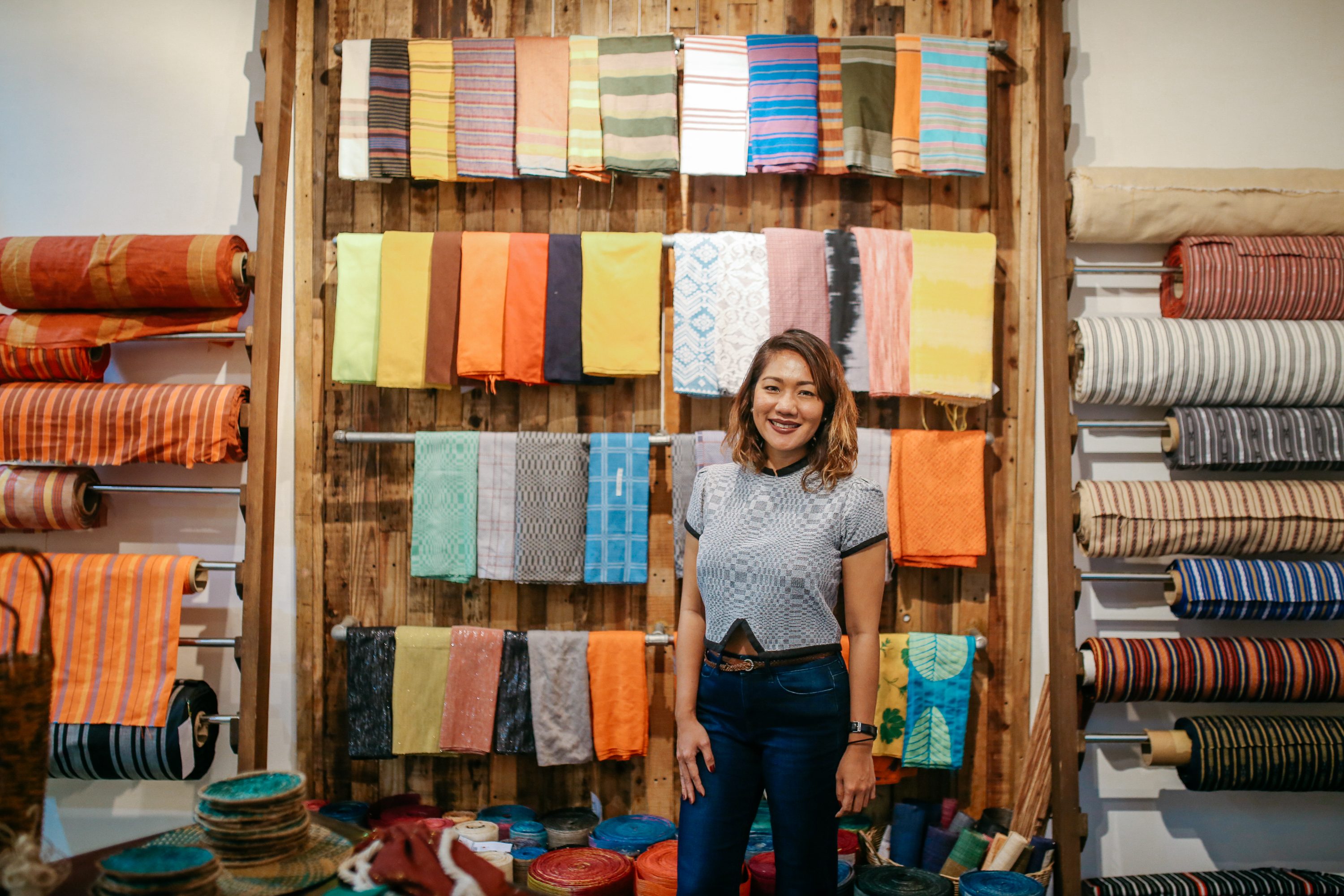
When and how did ANTHILL Fabric Gallery come to be?
ANTHILL is a fulfilment of a shared dream between my mother and I. You can trace it back to my childhood and upbringing. I grew up with bedtime stories about the different indigenous communities. My mom took us traveling to weaving communities where we witnessed firsthand how our living traditions and culture die just because of the lure of instant cash and the growing gap in cultural transmission from the old to the young.
Our weaves are undervalued materials. They are perceived uncool to wear, which led to poor market demand, market access, and the lack of interest from younger women to learn the craft. Cultural degradation was a social issue that became our social pain.
Coming from three years of experience as a fundraiser for an international non-profit organization, I have witnessed how programs and projects in the field can still be largely dependent on aid which does not entirely give stakeholders a sense of ownership.
I was seeking out sustainable solutions to address this and felt social entrepreneurship was the answer. My fascination with the Filipino indigenous culture and my dream to work for its preservation alongside my mom’s business experience in the fabric industry led us to start ANTHILL.
How do you pick the fabrics that you use in your products? We understand certain designs and patterns have traditional meanings behind them — how do you marry these with ANTHILL modern concepts?
Most of the weaves and patterns we use in production are fabrics that our direct partner communities allow us to use commercially. Most of these fabrics are traditionally worn. We merge tradition and modernity through textile innovations and applying the fabrics in various techniques (i.e., tapestry, embroidery, patchwork, dyeing, fringes, and more).
We want every Filipino to be able to WEAR THEIR PRIDE everyday and not just on special occasions. We want clothes that fit into their modern lifestyle. We also ensure that our customers who we call our proud weave wearers know who made their clothes, how they are made, and where it is made. We practice fashion transparency in ANTHILL and so we put a story tag in every piece so we can connect to our consumers.
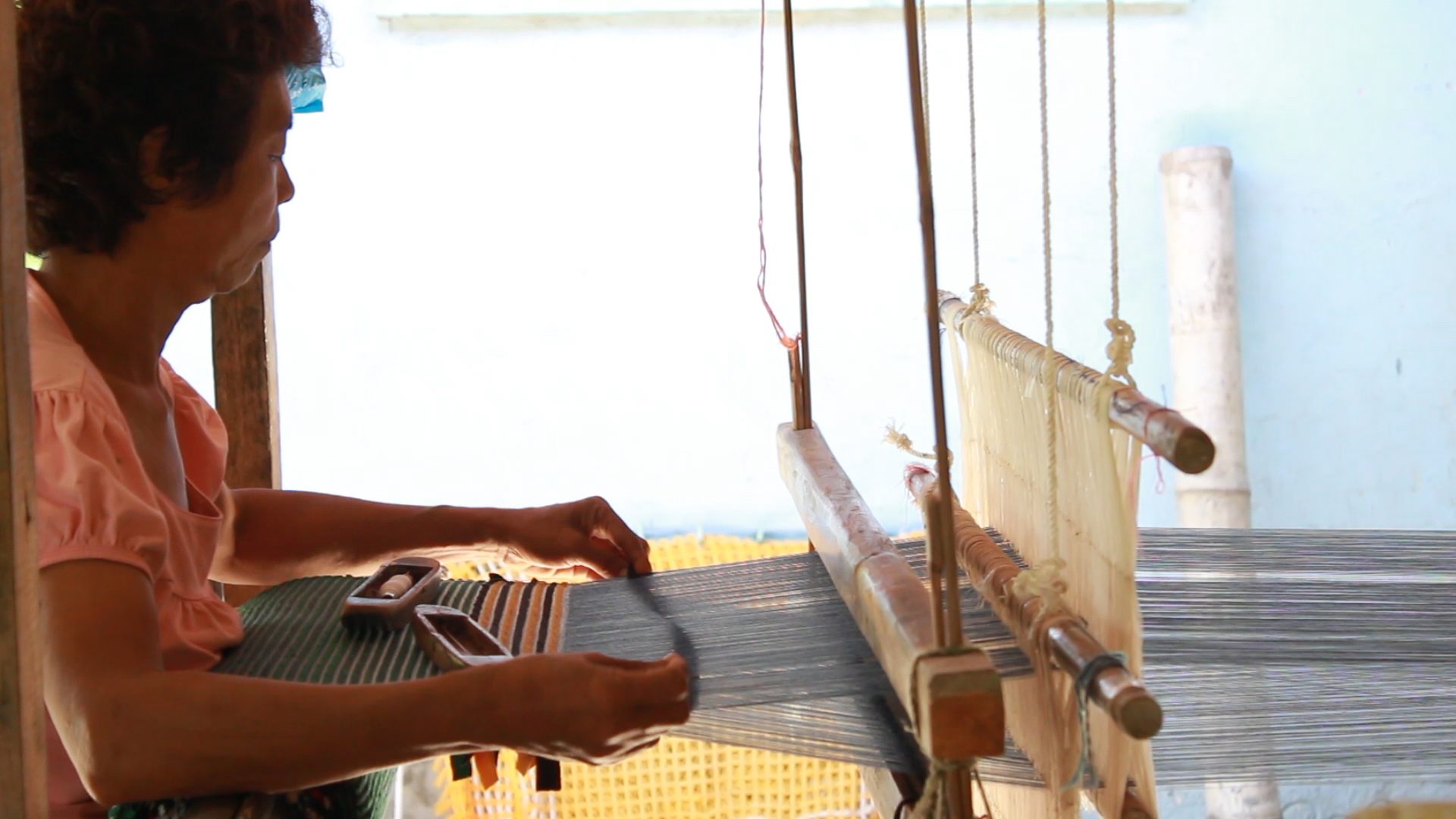
How do you find and select which partner communities to support? Do you have plans of adding more in the future?
All of our partners were introduced or endorsed to us. The doll making community is an ANTHILL community enterprise initiative. We organized it ourselves. Yes, we plan to expand to more communities in the coming years once we have institutionalized our Community Enterprise Development Program (CEDP).
What are some projects/initiatives that you’ve implemented to help them?
The CEDP is the overarching program we continuously implement in our partners. Here’s a few things work highlighting:
a. Master and Apprentice Program – We augment the Master Weaver’s Income by 20% with the condition that they train or have a younger apprentice. 10% of the income goes to a forced savings program that they can use for future goals or positive investments.
b. Plan International Good Parenting Workshop – ANTHILL partnered with Plan Philippines and they provided the mothers of HOME with a 3-day workshop on Reproductive Health, Early Childhood Care and Good Parenting.
c. Financial Literacy, Saving and Loan Access – ANTHILL partnered with CARD MRI a micro-finance institution that supports women entrepreneurship. They help manage the savings of our mother weavers and also provide access to loans and insurance.
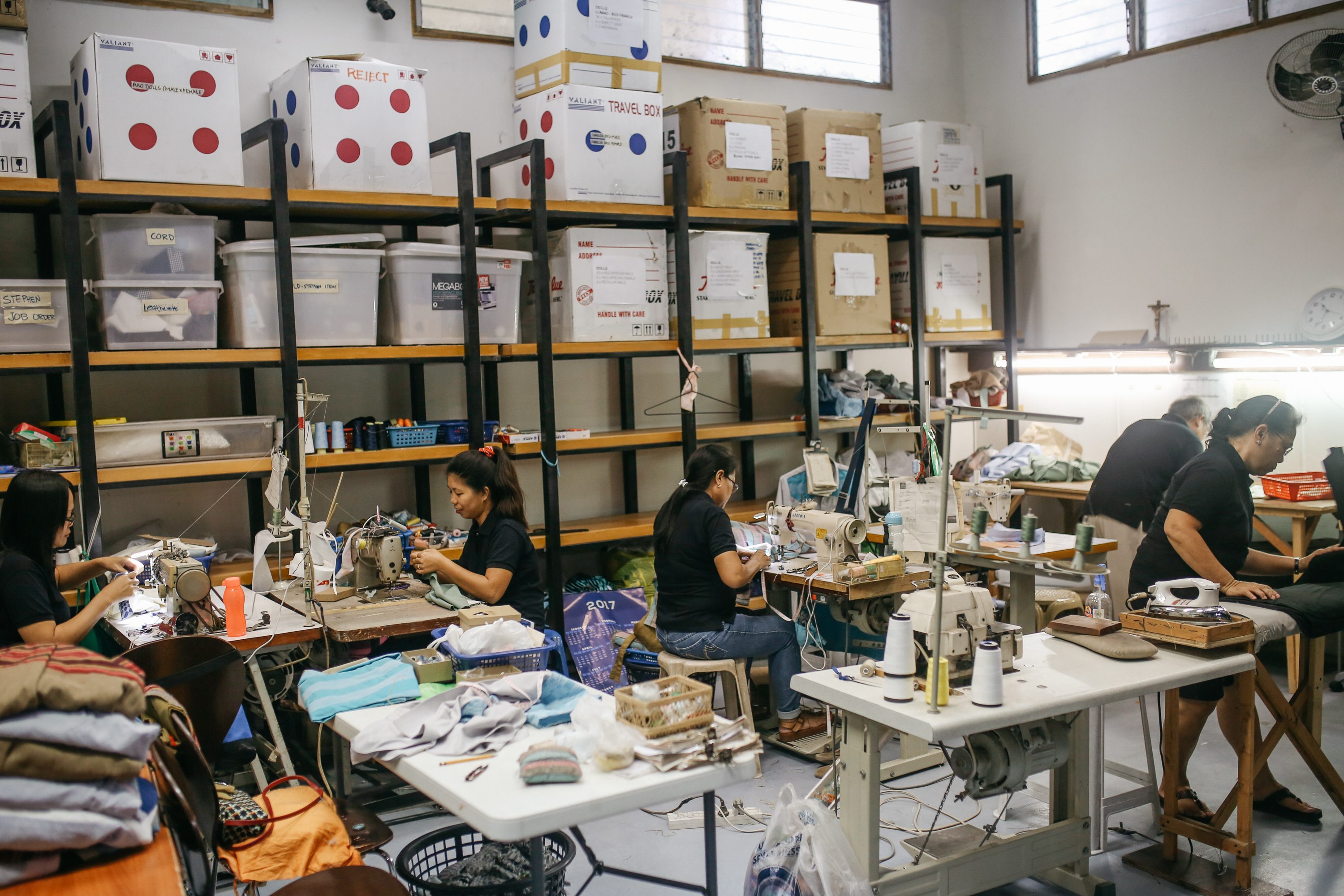
ANTHILL is based in Cebu while its partner communities are located in different parts of the countries. How do things work? Kindly walk us through your process of creating a shirt, a scarf, or any one of your items.
This is both the beauty and the challenge of our work as we have very different dynamics in working with our various partners from different sectors. It makes our work more exciting. Below is our process:
1. We purchase fabrics from our partner communities. In some cases, we customize the design and the color. Most of the time, the community takes liberty in designing the fabrics. This is shipped to ANTHILL.
2. We usually launch two to three collections every year so all the items are usually part of a collection. The designers and the entire team would brainstorm on the look, feel, and color palette of the collection. From there, we determine what kind of products we produce. The designers submit designs for approval. Then, we choose a fabrics or textile application for a particular product.
3. We endorse the product for prototyping to our production partners/Design Collaborators.
4. Once prototype is approved, we set a purchase order for the quantities we need.
Can you share with us an anecdote or two on how individuals or even entire communities were able to benefit from this partnership?
One of my biggest inspiration is when I’m able to see our mother artisans be able to have the capacity to dream bigger, gain an entrepreneurial mindset, and maximize their fullest potential.
One of the most personal powerful impact of our savings program is when our mothers are able to invest their savings on other business that increase their productivity. We have mothers who bought pigs and goats. We have another mother whose first love is baking and invested in an oven and now accepts custom order cakes and sells pastries.
We also have a mother who used to do laundry for all her neighbors just to make ends meet. She invested in a washing machine so she’s able to still wash clothes but also make dolls at the same time.
Our weavers are very vulnerable to domestic helper or factory worker recruiters luring them to work abroad and earn “more” at the expense of leaving their families behind. Now, we have weavers who have opted to stay because they now see the potential of their skills and consider weaving as an honorable profession that they can be proud of. They grew their sense of ownership of their business and are now empowered to make choices.

ANTHILL has several social issues that it aims to dispel including gap in cultural continuity, weaving as an undervalued skill, and other negative perceptions on weaving and the fabrics. How is this so far? How much would you say you have succeeded in this?
The Master and Apprentice program has led to a 57% increase in membership, half of which are in their youth. We increased purchases and income on an average of 125% year on year. Total income in 2016 recorded USD 17,192.30 producing about 9,000 yards of upcycled fabric from scrap thread. The program has also led to increasing savings by an average of 30% per year.
I think we have also been “successful” in terms of being able to spark a movement of contemporary weave wearing and gain Weave Advocates and Weave Ambassadors among our clients who champion the work we do. They are our greatest storytellers. We are successful in terms of building relationships with our partners and slowly growing our businesses. It has always been a collective effort in the pursuit of a shared dream.
What are your hopes for the local indigenous weaving communities? For the weaving tradition?
I hope that local weaving communities in the Philippines are able to gain a sense of ownership of their enterprise. I hope that they are able to adapt sustainable business models that will allow them to grow, thrive, and celebrate this living tradition.
I hope that they will continue to pass it on among the younger generation. I hope that weaving alongside other living traditions can be integrated in the educational curriculum. I hope that there will be more enabling environments for our communities to realize their fullest potential and continue honing their skills and talents.
I hope we continue to elevate the value of our Philippine weaves from home accents, “costumes” (it should not be called that way), and souvenirs to something that we can embody in our daily life. In doing so, I hope that consumers are able to differentiate tradition from trends and we wear our weaves with intention and honor the connection to our culture and to the weaver.
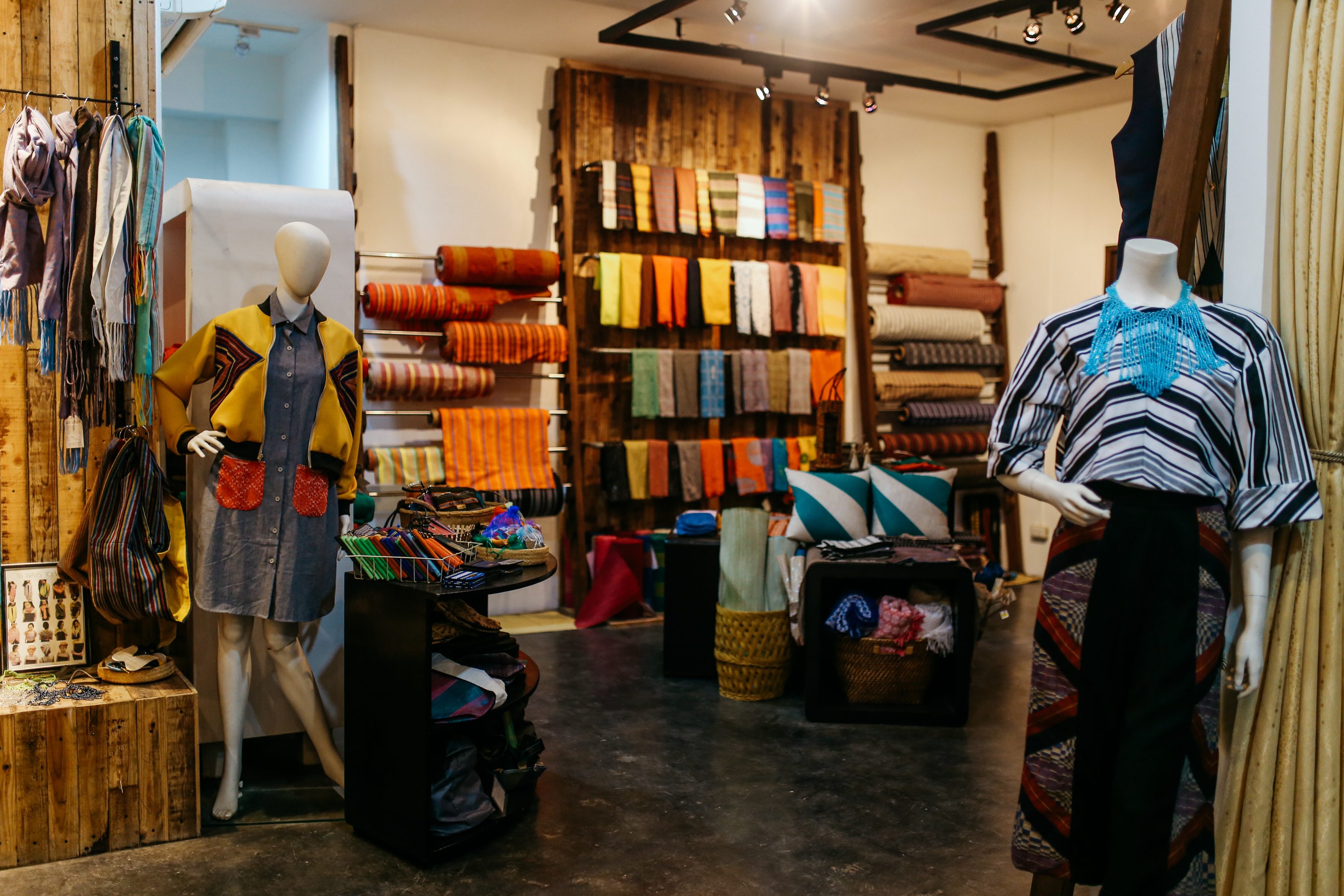
Can you share with us some of your plans for the brand in the next 5-10 years?
ANTHILL envisions to replicate its business model and be able to expand to more communities across the country through establishing the ANTHILL SLOW Fashion Institute. Through an expanded and a solid foundation of communities, ANTHILL can develop more products, produce more quantities and use more locally sourced materials and scrap fabrics.
This year, we aim to launch and grow our e-commerce, continually increase our sales channels, and tap into the global market. We dream of being a staple in every wardrobe and be a Filipino household name that embraces culture and style making Philippine weaves more relevant in today’s generation and lifestyle.
ANTHILL’s tassel, single infinity, and reversible scarves are now available in limited quantities on XChange. Check out some of the available designs below:
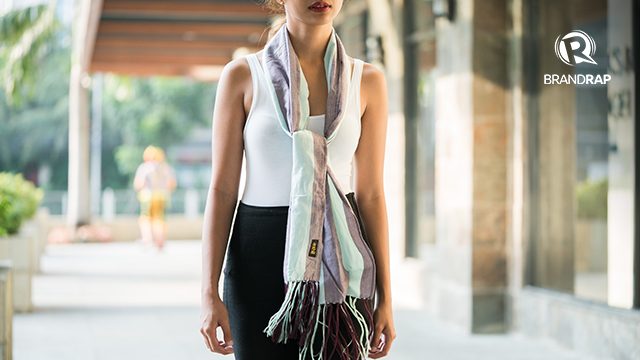
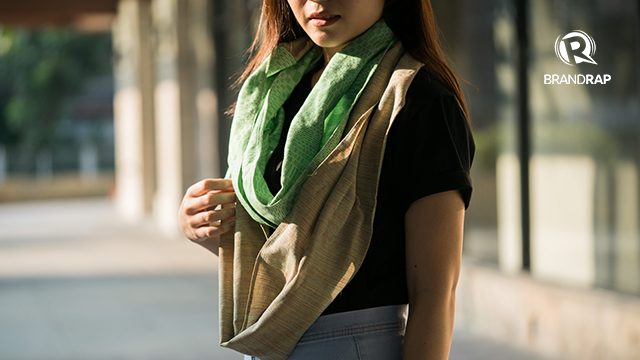
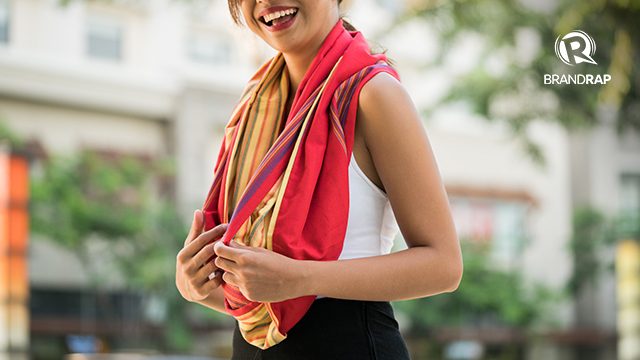
Support indigenous Filipino craftsmanship by wearing these hand-loomed scarves from ANTHILL! – Rappler.com
Buy your ANTHILL tassel, single infinity, or reversible scarf from XChange.
Minor edits were made to some of the responses for clarity. ANTHILL photos in this article courtesy of Anya Lim, while product shots are by Martin San Diego/Rappler.
Add a comment
How does this make you feel?

There are no comments yet. Add your comment to start the conversation.